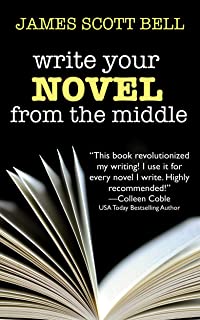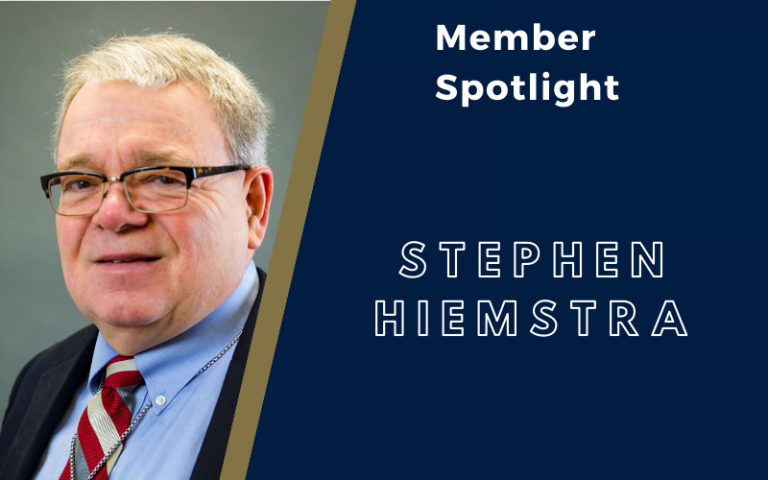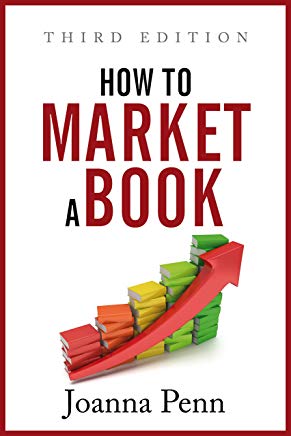Book Review: Bell, The Mirror Moment
Reviewer: Stephen W. Hiemstra
Coming from a nonfiction background, one of the hardest concepts to implement in writing fiction is to develop a character arc. How exactly does your character grow through the experiences in your plot and why? This is not just a literary problem—many people wander through life never really confronting their issues and moving beyond them. Thinking about life as a transition with three stages, it is the middle stage when uncertainty and when the willingness to try new ideas reaches a peak. When I found a writing book focused on the character arc in the middle of a novel, it caught my attention.
| Introduction In his book, Write Your Novel from the Middle, James Scott Bell writes: “My purpose in this book is to pop the hood and take a look at the engine, and offer you a way to build your own midpoint intentionally, so you truly can write your novel from the middle.” (29) In the middle, Bell sees a mirror moment when his character realizes that death (physical, professional, or psychological) will be the result of failing to act and confront a weakness. This implies that the stakes are too high to ignore and rising to deal with the problem changes the character internally enabling the strength to meet whatever external challenge. This change is what the book is really about so authors need to focus on the mirror moment to craft compelling stories (28). The Stakes People change primarily when they have to. When you find something broken in government administration, there is usually a reason—insufficient information seldom explains the brokenness because smart people are involved. The same logic applies to personal flaws—people are flawed for good reasons, which is why knowing the backstory is important. Consequently, the stakes have to be high enough to make the fix worth the effort. Bell writes: “A great novel is the record of how a character fights with death. That’s right, death. Somebody has to be in danger of dying, and that someone is the Lead character … There are three kinds of death: physical, professional, psychological. One or more of these must be present in your novel if it’s going to work at the optimal level.” (8) Physical death obviously grabs your attention. Professional death makes or breaks your lead character’s career. Psychological death is like the collapse of a romance or something so critical to the lead character that they will never be able to look themselves in the mirror again if they fail. With professional and psychological death, physical death is often lurking in the background (8-11). One way or another, the lead character looks in the mirror and realizes that life will never be the same again if they don’t overcome their flaw and move forward. The Emotional Context For Bell, a novel’s plot focuses primarily on external circumstances while the character’s emotional journey, the internal circumstances, motivate the reader’s willingness to tag along. The structure of this emotional journey he sees outlined in fourteen signpost scenes: Opening disturbance Care package Argument opposed to transformation Trouble brewing Doorway of no return #1 Kick in the shins The mirror moment Pet the dog Doorway of no return #2 Mounting forces Lights out Q factor Final battle Transformation (41-42). The most important of these is the mirror moment because this is where the lead character finds the courage to carry on. Elsewhere he admits that the mirror moment is only part of a formal scene. Bell describes his signpost scenes in terms of familiar movie scenes and how different styles of writers—pantsers, plotters,or tweeners—would approach the task indifferent genres (44-47). Outlining what Bell means by these signpost scene descriptors is sometimes obvious—e.g. opening disturbance—and more often not. The Q factor, for example, is an allusion to James Bond’s equipment supplier, code named Q, who provides spy gismos that latter help Bond escape some horrible predicament, functioning like a Deus ex machina, to save the day. By providing a Q Factor scene early in the plot, the latter use of the gismo seems less contrived, just part of the spy job description (43). The Mirror Moment The mirror moment ties together the pre-story psychology and the ultimate transformation, making the transition believable. The pre-story psychology focuses a character flaw. This flaw has to be significant and affect both the lead character’s ability to function and be evident to other people. In the film, Lethal Weapon, Riggs is suicidal, which makes him a super cop, but it also scares everyone he comes in contact with. When he finds a reason to live, his mirror moment, he gives up his super power to become a real person. Assessment James Scott Bell’s Write Your Novel from the Middle is a must read for novelists. Using famous movie scenes to outline his points makes Bell an entertaining and memorable read. His focus on the emotional journey of his lead character makes it more obvious what an author needs to accomplish to keep the interest of readers Also See: Bell, James Scott. Plot and Structure: Techniques and Exercises for Crafting a Plot that Grips Readers from Start to Finish (review) Revision & Self-Editing: Techniques for Transforming Your First Draft into a Finished Novel (review) The Art of War for Writers: Fiction Writing Strategies, Tactics, and Exercises (review). How to Write Dazzling Dialogue: The Fastest Way to Improve Any Manuscript (review) Super Structure: The Key to Unleashing the Power of Story (review) The Last Fifty Pages: The Art and Craft of Unforgettable Endings (review) |

Stephen W. Hiemstra
Stephen W. Hiemstra (MDiv, PhD) is a slave of Christ, husband of thirty years to Maryam, father of three, author, and volunteer pastor in Hispanic ministry. Stephen writes on Christian spirituality in English and Spanish.
T2Pneuma.net, including a podcast on Mondays. t2pneuma.net,
stephenwhiemstra.net






